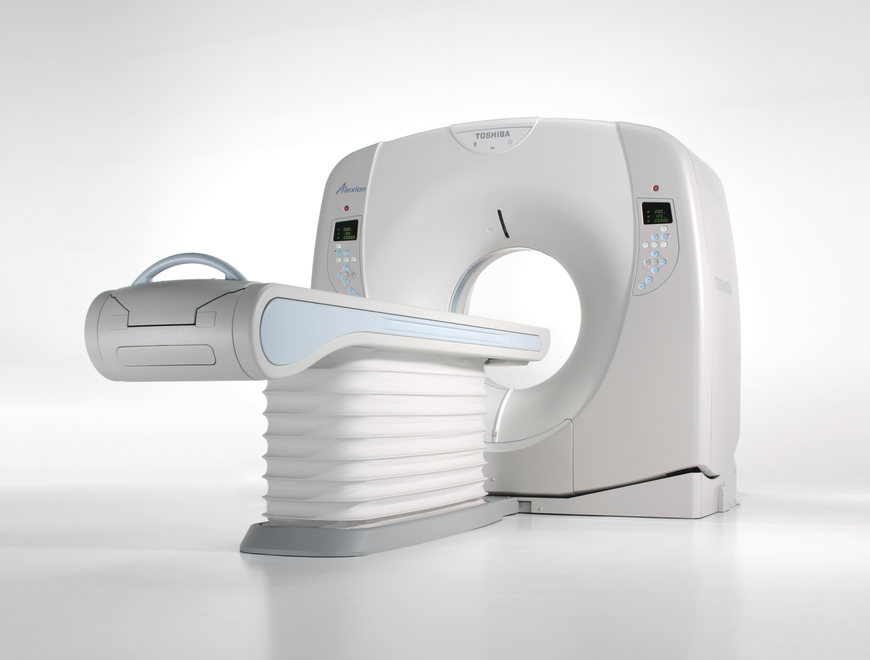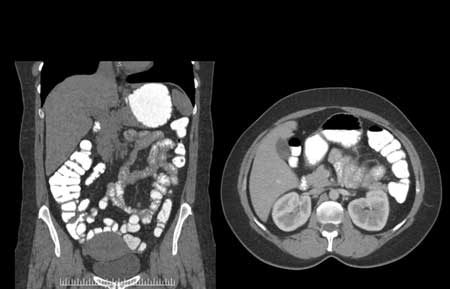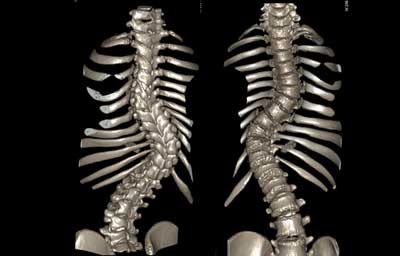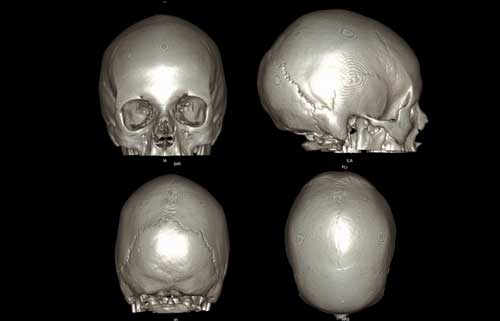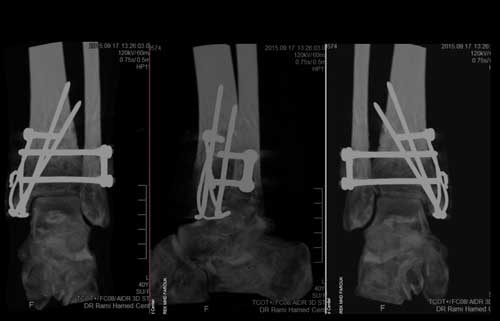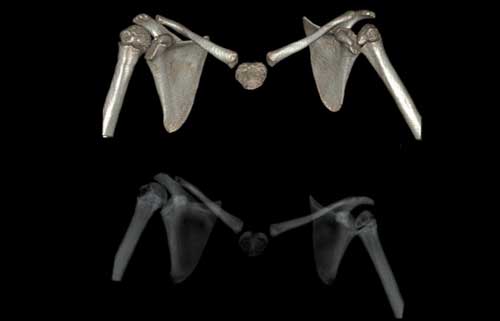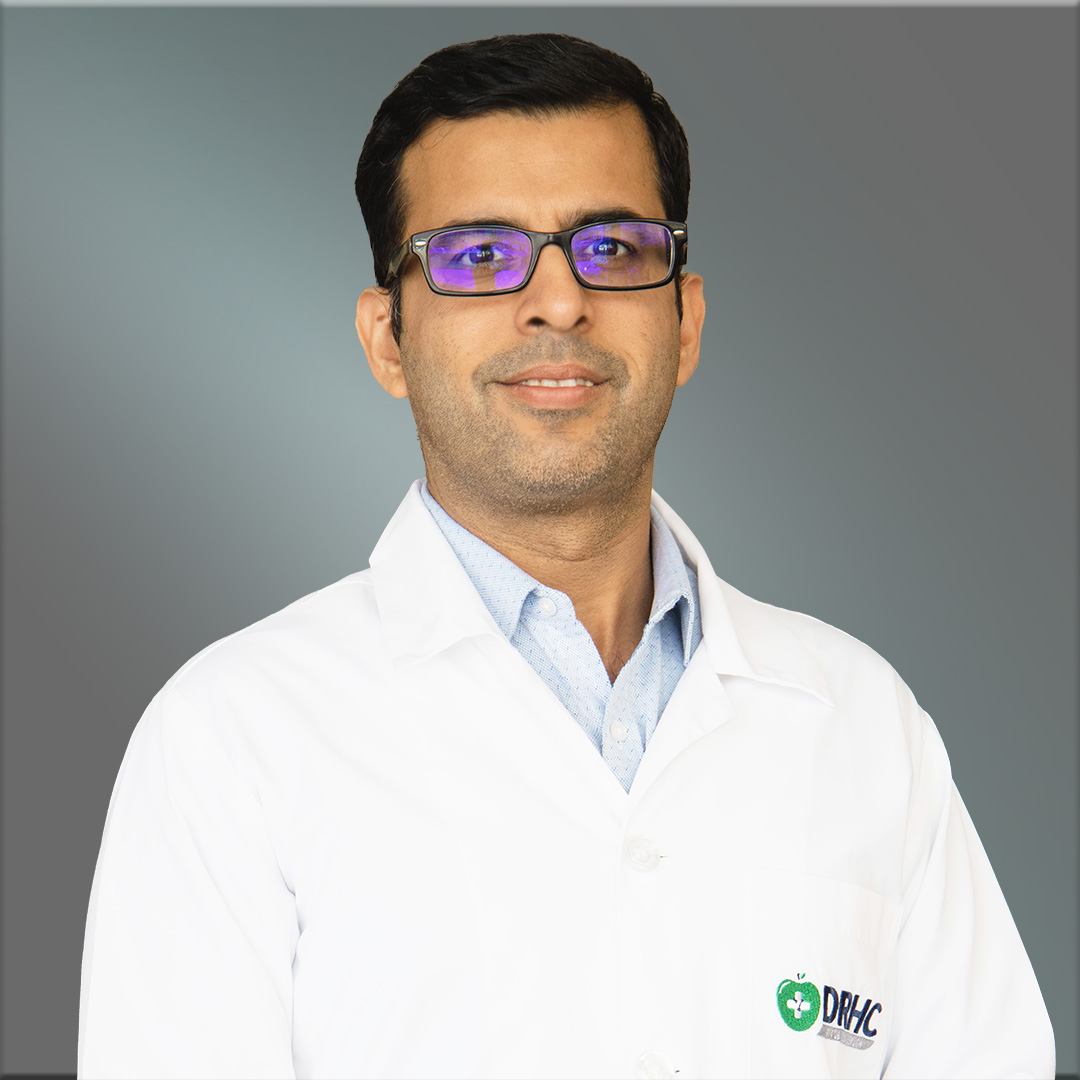CT-Scan Procedures:
- All Routine CT Plain & Contrast
- HRCT Chest (High Resolution CT)
- CT Angiography
- CT Abdominal w/ Oral Contrast
- CT Abdomen Multiphase Contrast
- CT Stonogram/KUB
How does it work?
CT is the same with X-ray, just more complicated. With CT-scan, X-ray images are taken cross sectionally in a round tube and not just in one or two images but multiple ranging from 1-100 or more images in just a few seconds and will be processed with the CT-computer system to produce viewable 2D and 3D images.
Who can have CT-scan?
- From Pediatrics to Adults and even Geriatrics; Male or Female but for pregnant patients, it should be assessed on properly by the referring doctor if the benefits can outweigh the risk.
- Infants & Children
Infants and young children sometimes require sedation or anesthesia to complete a CT exam without moving. Whether a child requires sedation will depend on the child’s age and the type of exam being performed. Moderate and conscious sedation can be provided. A physician or nurse specializing in the administration of sedation or anesthesia to children should be available during the exam to ensure child's safety. Special instructions will be given on how to prepare the child for the sedation or anesthesia.
Why CT-scan?
- A noninvasive way to study all parts of your body
- Less sensitive to movement than MRI
- Help doctors plan for, and later assess the results of many surgeries.
- Its ability to image bone, soft tissue and blood vessels all at the same time
- To further look at an abnormality seen on another test such as an x-ray or an ultrasound
Risk:
- Use of Ionizing radiation
Routine Operating Procedure in CT-scan
- Doctor’s request is reviewed by the staff radiographer.
- Safety questionnaire and a consent form are provided before the scan.
- Hospital gowns are provided if needed to avoid artifacts on images.
- Patient’s personal belongings (including phone, credit cards, money, etc.) are all placed in the locker provided.
- Radiographer will explain what will be the position & how much time it will take to complete the scan.
- Radiographer will ask the patient to lie on the scanner bed and positioned the patient comfortably by placing pads or pillows.
- CT-scan exams are painless and fast. It is important that patient remain perfectly still while the images are being recorded.
CT-scan with Contrast
- Some CT examinations may require patient to receive an injection of contrast material into the bloodstream or be orally given (also known as DYE).
- Patient will be instructed to have fasting before the procedure.
- Patient should let the radiographer know if they have any serious health problems, or if they have had any recent surgeries. Some conditions, such as severe kidney disease or liver transplant, may prevent patient from being given iodinated contrast.
- It will be necessary to perform a blood test (creatinine) to determine whether the kidneys are functioning adequately.
- The radiographer or a nurse will ask pateint if they have allergies of any kind, such as an allergy to drugs, food, or the environment, if they have asthma or diabetic so that proper precautions will be made.
- The contrast material used for a CT exam is based on iodine. Through advancement in science, contrast are made to have less allergic reactions so even if it is known that the patient has an allergy; it may still be possible to use it after appropriate assessment or pre-medication.
- Radiographer will advise patient to drink plenty of water after injection of contrast for the next 24 hours to wash out the contrast from the system.
- Breast feeding patient will be advised after procedure when they can continue to breast feed their infants after being assessed by the Doctor.
Related topics:
Mammogram Services are now available at DRHC
10 advantages of whole body MRI scan



